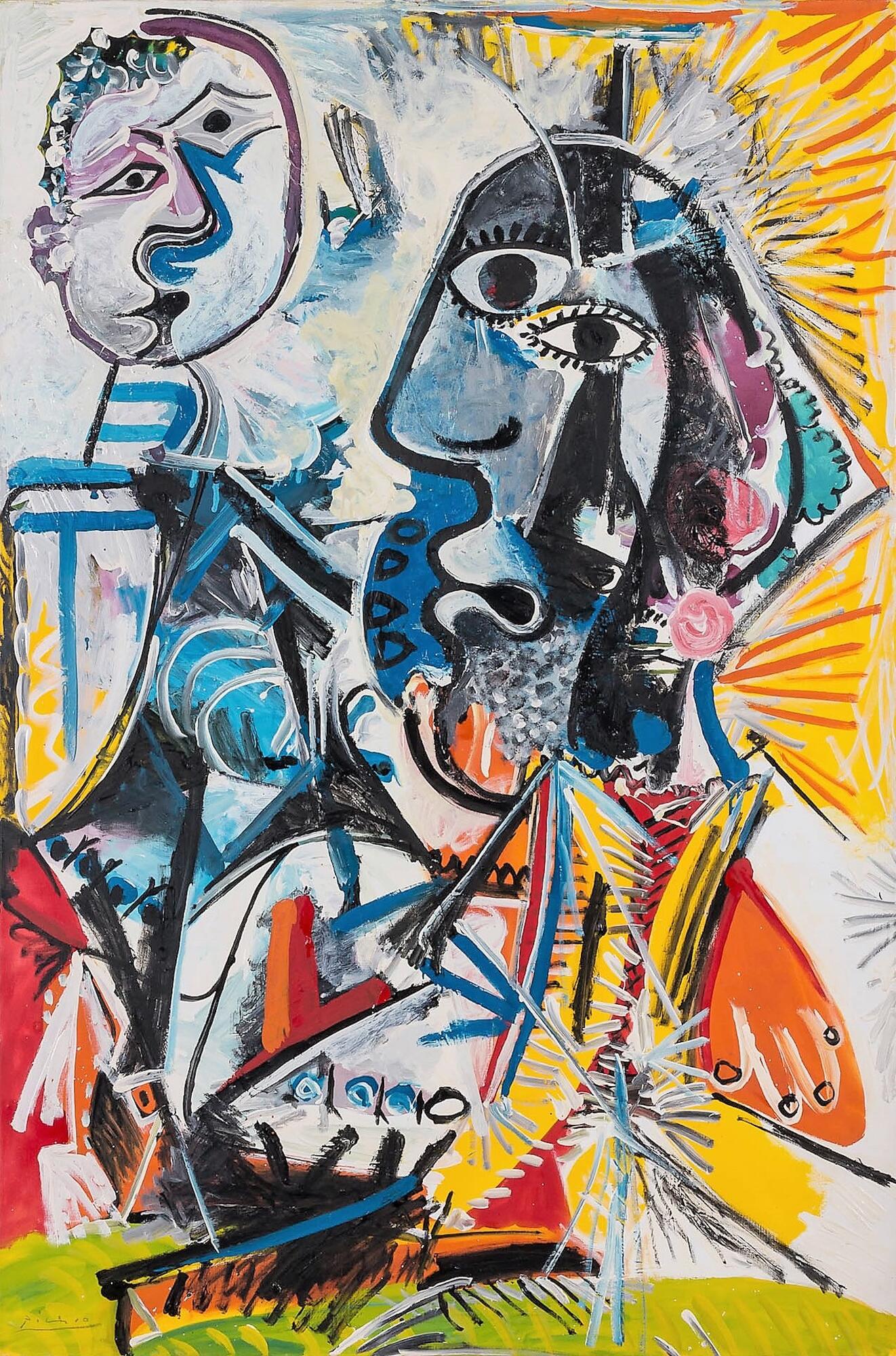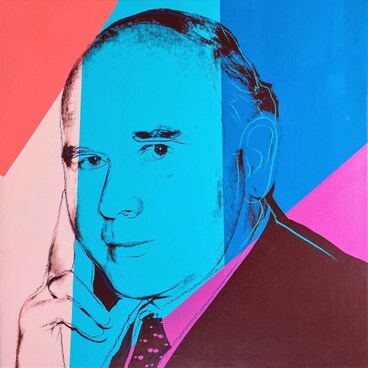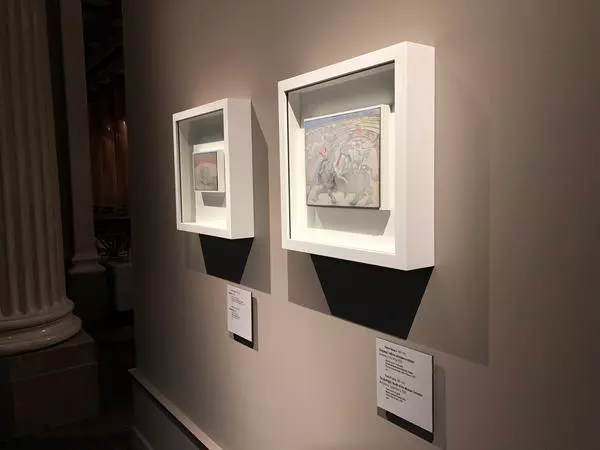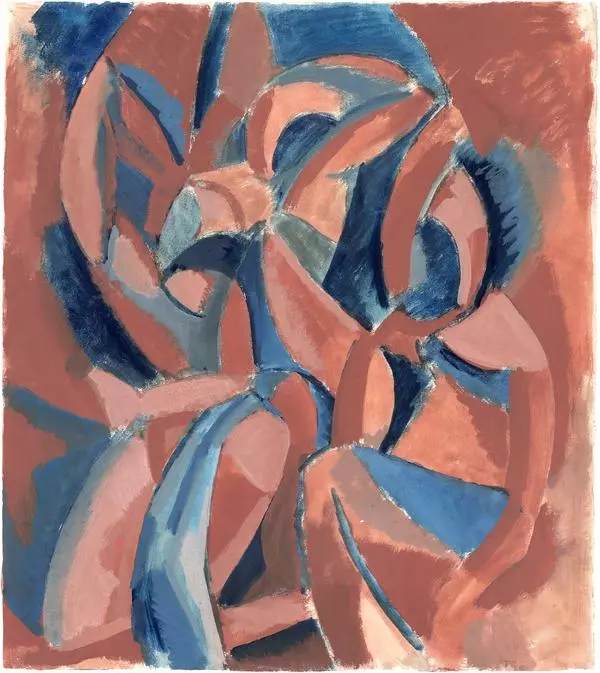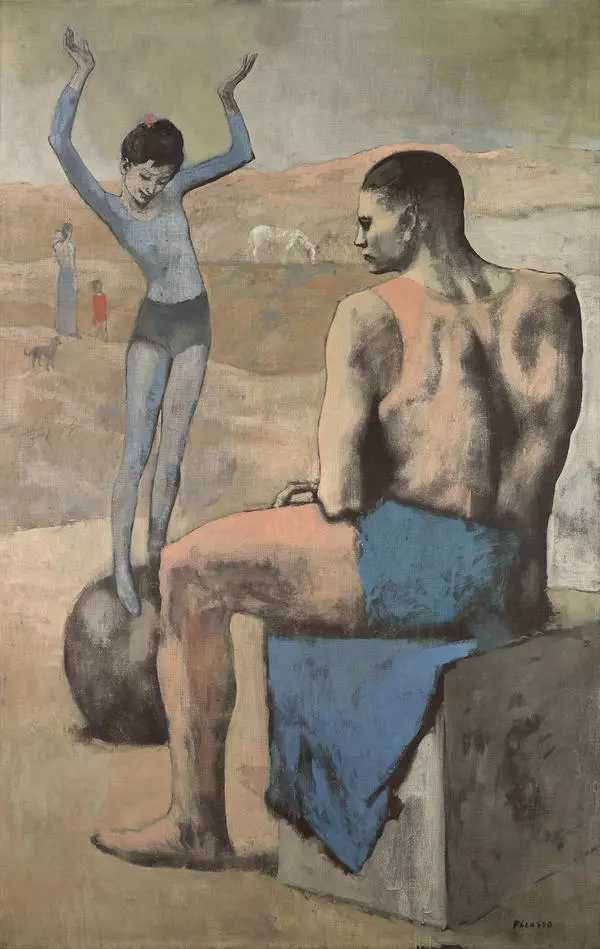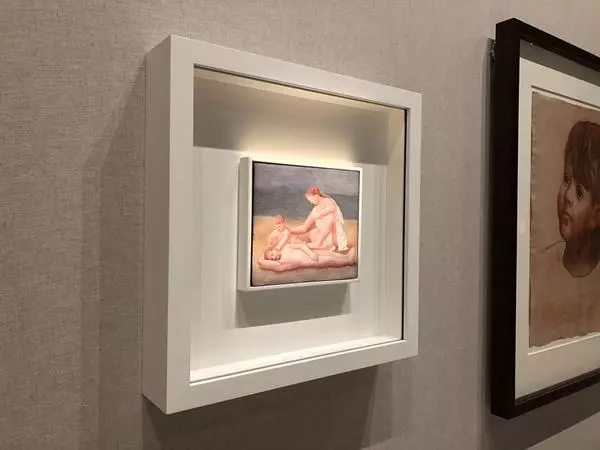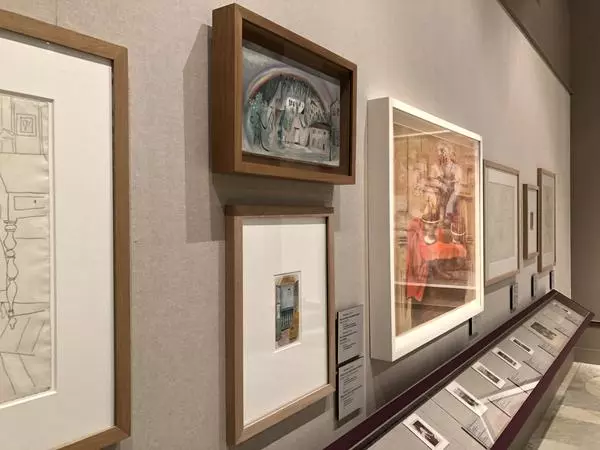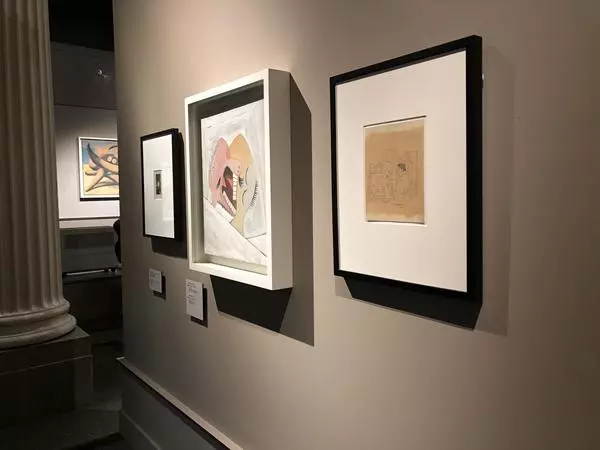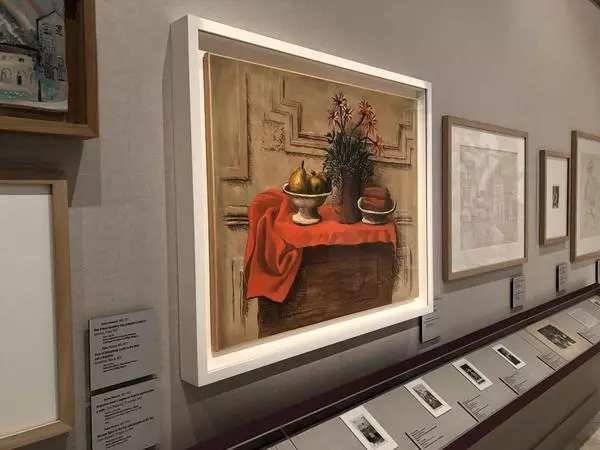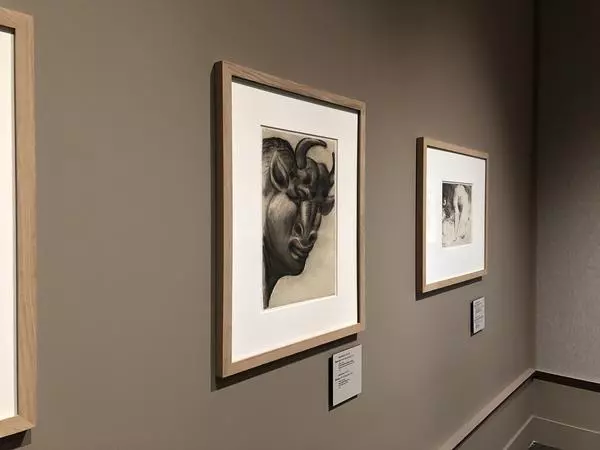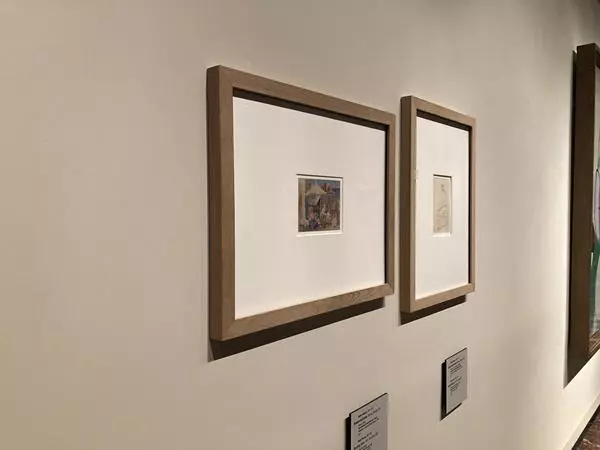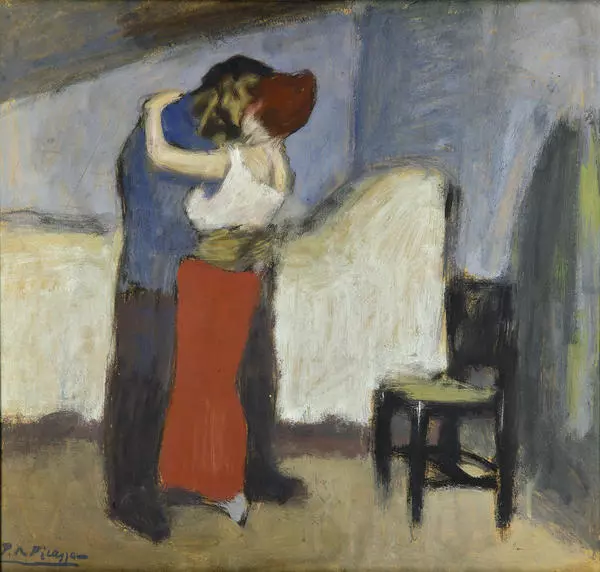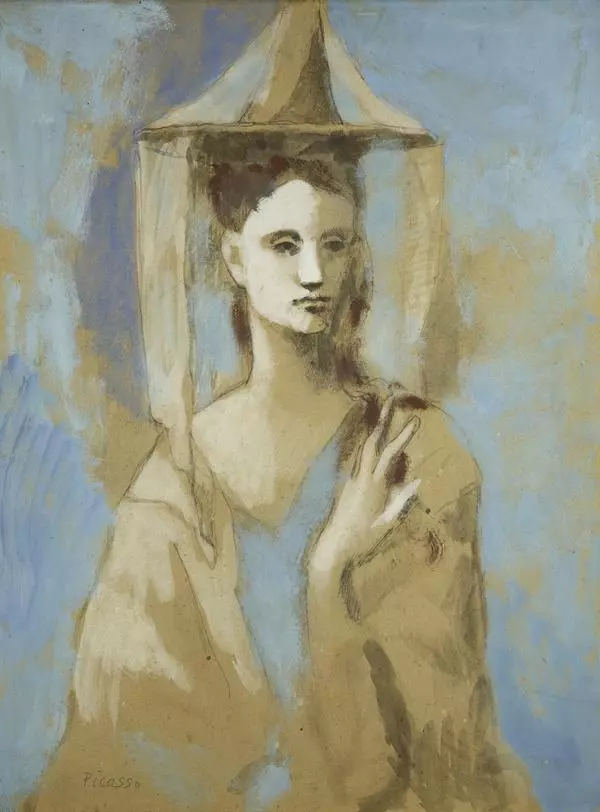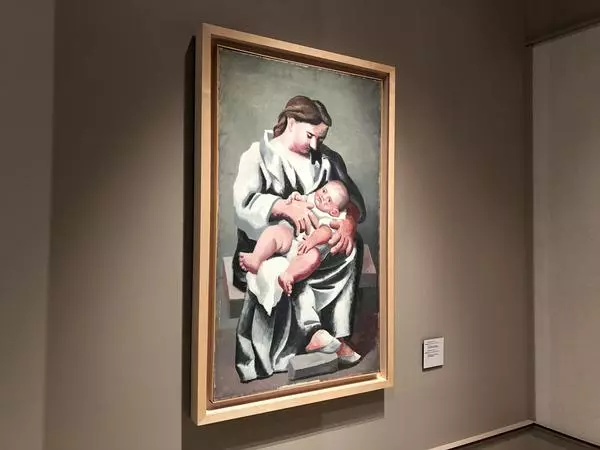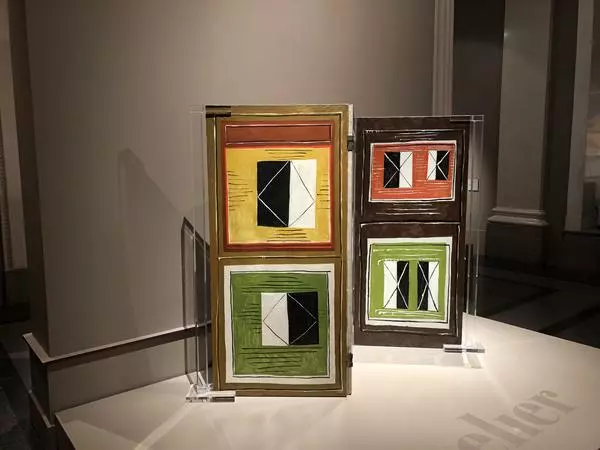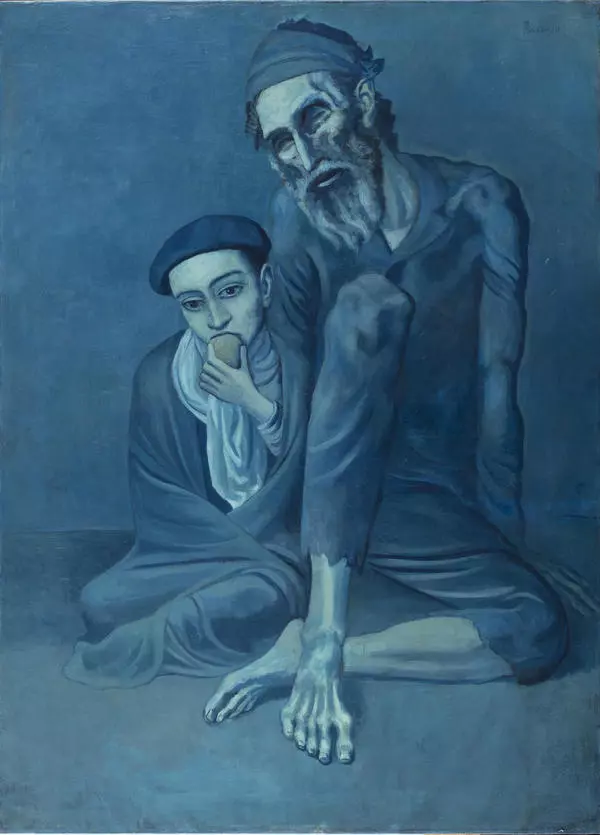Pablo Picasso painted “Big Heads” in 1969. It is part of the series “Matadors, Musketeers and Women”, in which the Spanish artist ironically depicted these typical characters. He portrayed the matador as an arrogant macho who perceives a woman as a trophy, a reward for his achievements. The musketeer, in his view, is an elderly warrior who is trying to charm his companion with stories about his past exploits.
The painting from the collection of the Ludwig Museum depicts such a musketeer. The heads of the characters are divided into two parts: the face is painted with a side profile and a full-frontal image. This combination of several points of view is a characteristic feature of Cubism, an art movement, which Picasso co-founded at the beginning of his career.
In addition, there are other attributes of cubism on the canvas: rigid broken lines, a combination of rounded and angular silhouettes and bright spots of color. The painting “Big Heads” is a symbol of the artist’s long-term search.
Researchers consider Pablo Picasso to be one of the most prominent artists of the 20th century. Born in 1881, he studied painting with his father, José Ruiz Blasco, as well as at art schools in A Coruña and Barcelona.
Picasso’s early work is divided into two periods. In the “Blue” period, the artist used shades of blue and addressed the themes of poverty, old age, death and sorrow. The “Rose” period is characterized by a preference for pink colors and images of circus and theatrical characters.
In the 1910s, Pablo Picasso experimented with forms and, together with Georges Braque, founded a new direction in art — Cubism. During this period, he painted human figures and objects that consisted of geometric blocks and broken lines.
In the 1920s and 1930s, Picasso was fond of classical painting and surrealism, about which he wrote,
The painting from the collection of the Ludwig Museum depicts such a musketeer. The heads of the characters are divided into two parts: the face is painted with a side profile and a full-frontal image. This combination of several points of view is a characteristic feature of Cubism, an art movement, which Picasso co-founded at the beginning of his career.
In addition, there are other attributes of cubism on the canvas: rigid broken lines, a combination of rounded and angular silhouettes and bright spots of color. The painting “Big Heads” is a symbol of the artist’s long-term search.
Researchers consider Pablo Picasso to be one of the most prominent artists of the 20th century. Born in 1881, he studied painting with his father, José Ruiz Blasco, as well as at art schools in A Coruña and Barcelona.
Picasso’s early work is divided into two periods. In the “Blue” period, the artist used shades of blue and addressed the themes of poverty, old age, death and sorrow. The “Rose” period is characterized by a preference for pink colors and images of circus and theatrical characters.
In the 1910s, Pablo Picasso experimented with forms and, together with Georges Braque, founded a new direction in art — Cubism. During this period, he painted human figures and objects that consisted of geometric blocks and broken lines.
In the 1920s and 1930s, Picasso was fond of classical painting and surrealism, about which he wrote,
